Enseignement scientifique Terminale - 2024
Rejoignez la communauté !
Co-construisez les ressources dont vous avez besoin et partagez votre expertise pédagogique.
Mes Pages
Sciences, climat et société
Ch. 1
L’atmosphère terrestre et la vie
Ch. 2
La complexité du système climatique
Ch. 3
Le climat du futur
Se préparer à l'évaluation - Thème 1
Le futur des énergies
Ch. 4
Deux siècles d’énergie électrique
Ch. 5
Conversion et transport de l’énergie électrique
Ch. 6
Énergie, développement et futur climatique
Se préparer à l'évaluation - Thème 2
Une histoire du vivant
Ch. 7
La biodiversité et son évolution
Ch. 8
L’évolution comme grille de lecture du monde
Ch. 9
L’évolution humaine
Ch. 10
Les modèles démographiques
Ch. 11
De l’informatique à l’intelligence artificielle
Se préparer à l'évaluation - Thème 3
Livret maths
Fiches méthode
Esprit critique et scientifique
Améliorer ses compétences
Fiches histoire
Annexes
Ch. 2
Exercices
Le coin des experts
Ressource affichée de l'autre côté.
Faites défiler pour voir la suite.
Faites défiler pour voir la suite.
22Variation passée du niveau marin
✔ Estimer la variation du volume de l'océan associées à une variation de température donnée
Ressource affichée de l'autre côté.
Faites défiler pour voir la suite.
Faites défiler pour voir la suite.
De nombreux indices permettent de reconstituer le rivage des côtes passées et donc d'estimer la variation du niveau des océans. Lors de la dernière glaciation, ou moment du maximum glaciaire, on estime que la température moyenne de surface était inférieure de 6 °C aux températures actuelles.
Ressource affichée de l'autre côté.
Faites défiler pour voir la suite.
Faites défiler pour voir la suite.
Doc.Reconstitution de la variation du niveau marin
depuis le dernier maximum glaciaire


Ressource affichée de l'autre côté.
Faites défiler pour voir la suite.
Faites défiler pour voir la suite.
- Rayon de la Terre : 6371 km
- Coefficient de dilatation thermique de l'eau :
\alpha_{\text {eau }}=2,6 \times 10^{-4}{ }^{\circ} \mathrm{C}^{-1}
Ressource affichée de l'autre côté.
Faites défiler pour voir la suite.
Faites défiler pour voir la suite.
Questions
1. Proposer des hypothèses expliquant les variations du
niveau marin.
2. Calculer l'ordre de grandeur de la variation du
niveau marin par contraction thermique lors du dernier maximum glaciaire. Considérer que seuls les mille premiers mètres d'eau sont affectés. Comparer ce résultat aux données du document.
3. En considérant que les océans recouvrent 70 % de la surface du globe, calculer le volume d'eau piégé dans les glaces lors du dernier maximum glaciaire.
Ressource affichée de l'autre côté.
Faites défiler pour voir la suite.
Faites défiler pour voir la suite.
23Variation du dioxyde de carbone à l'échelle des temps géologiques
✔ Analyser les variations de certaines grandeurs au cours du temps
Ressource affichée de l'autre côté.
Faites défiler pour voir la suite.
Faites défiler pour voir la suite.
Retrouvez de cet exercice.
Ressource affichée de l'autre côté.
Faites défiler pour voir la suite.
Faites défiler pour voir la suite.
Comprendre le climat présent et modéliser le climat futur nécessitent de mieux comprendre les climats du passé. Des études complexes ont permis d'estimer les concentrations atmosphériques en \mathrm{CO}_{2} depuis 600 millions d'années.
Ressource affichée de l'autre côté.
Faites défiler pour voir la suite.
Faites défiler pour voir la suite.
Doc. 1Variation des teneurs atmosphériques en \mathrm{CO}_{2} depuis 600 millions d'années


?
Ressource affichée de l'autre côté.
Faites défiler pour voir la suite.
Faites défiler pour voir la suite.
Doc. 2Quelques réactions biogéochimiques du cycle du carbone
Réactions géochimiques : les roches continentales s'altèrent, notamment au contact de l'eau. Les silicates (minéraux des roches) réagissent ainsi :
Équations-bilan de réactions biologiques :
Le carbone transite entre différents réservoirs présents sur Terre au moyen de réactions chimiques.
\begin{aligned}
& \mathrm{CO}_{2}+\mathrm{CaSiO}_{3} \rightleftarrows \mathrm{CaCO}_{3}+\mathrm{SiO}_{2} \\
& \mathrm{CO}_{2}+\mathrm{MgSiO}_{3} \rightleftarrows \mathrm{MgCO}_{3}+\mathrm{SiO}_{2} \\
& \mathrm{CO}_{2}+\mathrm{CaCO}_{3}+\mathrm{H}_{2} \mathrm{O} \rightleftarrows 2\ \mathrm{HCO}_{3}^{-}+\mathrm{Ca}^{2+}
\end{aligned}
Équations-bilan de réactions biologiques :
-
respiration cellulaire :
\mathrm{C}_{6} \mathrm{H}_{12} \mathrm{O}_{6}+6\ \mathrm{O}_{2} \longrightarrow 6\ \mathrm{CO}_{2}+6\ \mathrm{H}_{2} \mathrm{O} -
photosynthèse :
6\ \mathrm{H}_{2} \mathrm{O}+6\ \mathrm{CO}_{2} \rightarrow 6\ \mathrm{O}_{2}+\mathrm{C}_{6} \mathrm{H}_{12} \mathrm{O}_{6}
Le carbone transite entre différents réservoirs présents sur Terre au moyen de réactions chimiques.
Ressource affichée de l'autre côté.
Faites défiler pour voir la suite.
Faites défiler pour voir la suite.
Question
Déterminer les grandes tendances climatiques passées et proposer des explications aux variations des teneurs en dioxyde de carbone atmosphérique.
Ressource affichée de l'autre côté.
Faites défiler pour voir la suite.
Faites défiler pour voir la suite.
Exercice numériqueOcéan et réchauffement climatique
✔ Identifier les relations de causalité qui sous-tendent la dynamique d'un système
Ressource affichée de l'autre côté.
Faites défiler pour voir la suite.
Faites défiler pour voir la suite.
Ressource affichée de l'autre côté.
Faites défiler pour voir la suite.
Faites défiler pour voir la suite.
L'océan est un système complexe qui interagit avec les autres enveloppes terrestres. En plus des transferts d'énergie, des transferts de matière ont lieu entre les différents réservoirs terrestres.
Ressource affichée de l'autre côté.
Faites défiler pour voir la suite.
Faites défiler pour voir la suite.
Doc. 1
Variation du pH des océans et de la teneur en dioxyde de carbone atmosphérique

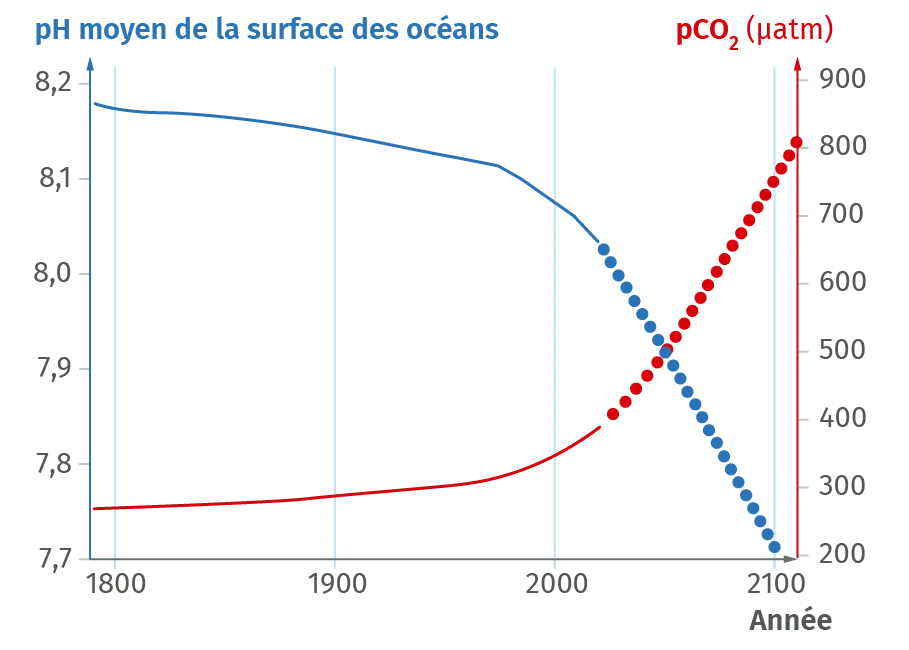
Ressource affichée de l'autre côté.
Faites défiler pour voir la suite.
Faites défiler pour voir la suite.
Doc. 2
Proportion en \mathrm{CO}_{2}, \mathrm{CO}_{3}^{2-} et \mathrm{HCO}_{3}^{-}(espèces chimiques dissoutes présentes dans les océans) en fonction du pH


Ressource affichée de l'autre côté.
Faites défiler pour voir la suite.
Faites défiler pour voir la suite.
Doc 1 et doc 2, Expliquer un rôle de l'océan sur le réchauffement climatique.
Ressource affichée de l'autre côté.
Faites défiler pour voir la suite.
Faites défiler pour voir la suite.
Pour retrouver plus d'informations sur
Ressource affichée de l'autre côté.
Faites défiler pour voir la suite.
Faites défiler pour voir la suite.
Exercice numériquePermafrost et climat
✔ Identifier les relations de causalité qui sous-tendent la dynamique d'un système
Ressource affichée de l'autre côté.
Faites défiler pour voir la suite.
Faites défiler pour voir la suite.
Ressource affichée de l'autre côté.
Faites défiler pour voir la suite.
Faites défiler pour voir la suite.
Doc. 1 Température du sol dans différents sites au sein du permafrost

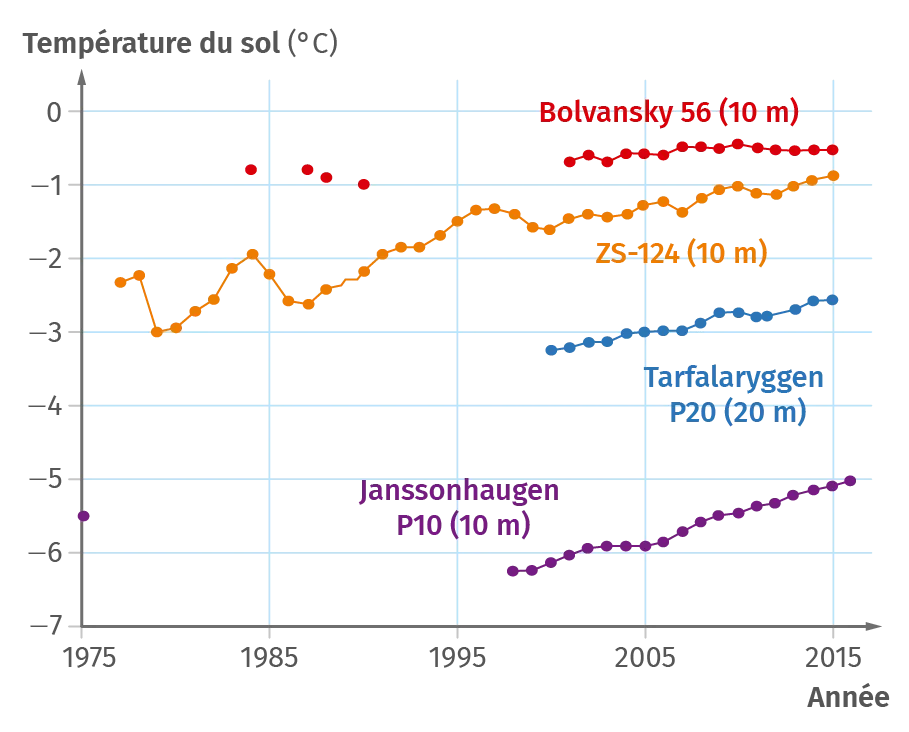
Ressource affichée de l'autre côté.
Faites défiler pour voir la suite.
Faites défiler pour voir la suite.
Doc. 2 Métabolisme de quelques microorganismes vivant dans les sols
Dans l'atmosphère, le méthane est assez rapidement converti en dioxyde de carbone.
Le réchauffement du permafrost entraîne le réveil des microorganismes qui consomment alors la matière organique du sol :
Le réchauffement du permafrost entraîne le réveil des microorganismes qui consomment alors la matière organique du sol :
- équation-bilan de la respiration cellulaire :
\text{C}_{6}\text{H}_{12}\text{O}_{6}\;{+}\;{6}\;\text{O}_{2}\longrightarrow{6}\;\text{CO}_{2}{+} \;{6}\;\text{H}_{2}\text{O} - la méthanogenèse aboutit à la production de méthane à partir de matière organique (chaque atome de carbone aboutit à la formation d'une molécule de méthane).
Ressource affichée de l'autre côté.
Faites défiler pour voir la suite.
Faites défiler pour voir la suite.
Doc. 3 Richesse en carbone dans les sols où le permafrost fond
Cliquez sur un élément de légende ou un titre pour l'afficher ou le masquer
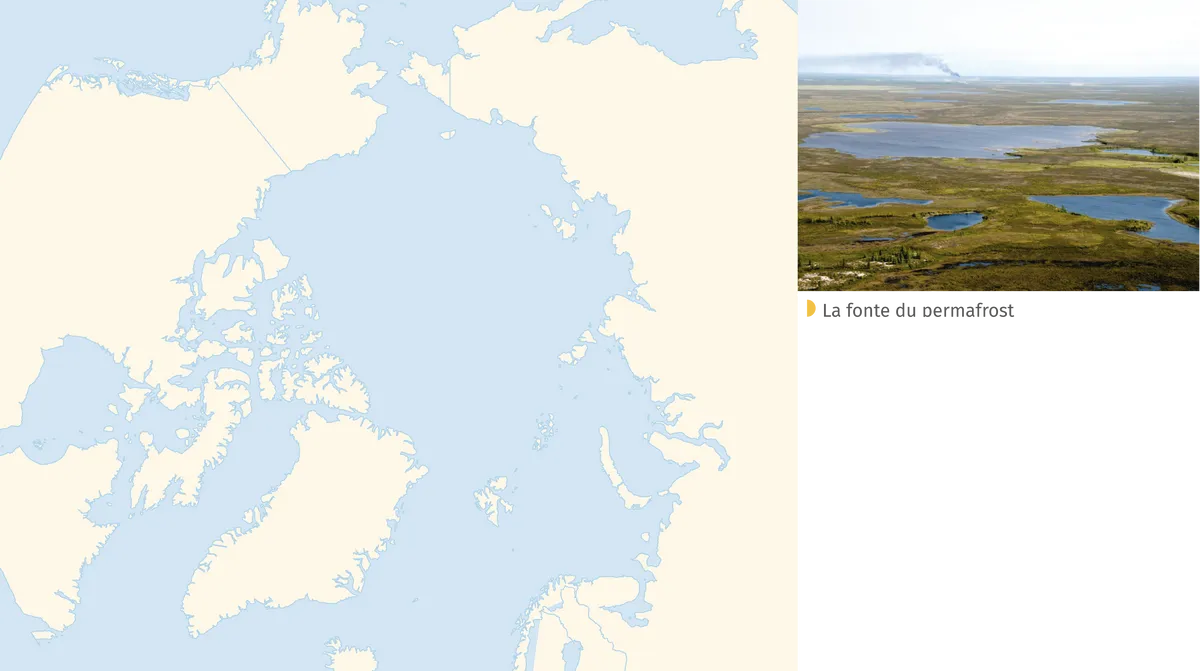


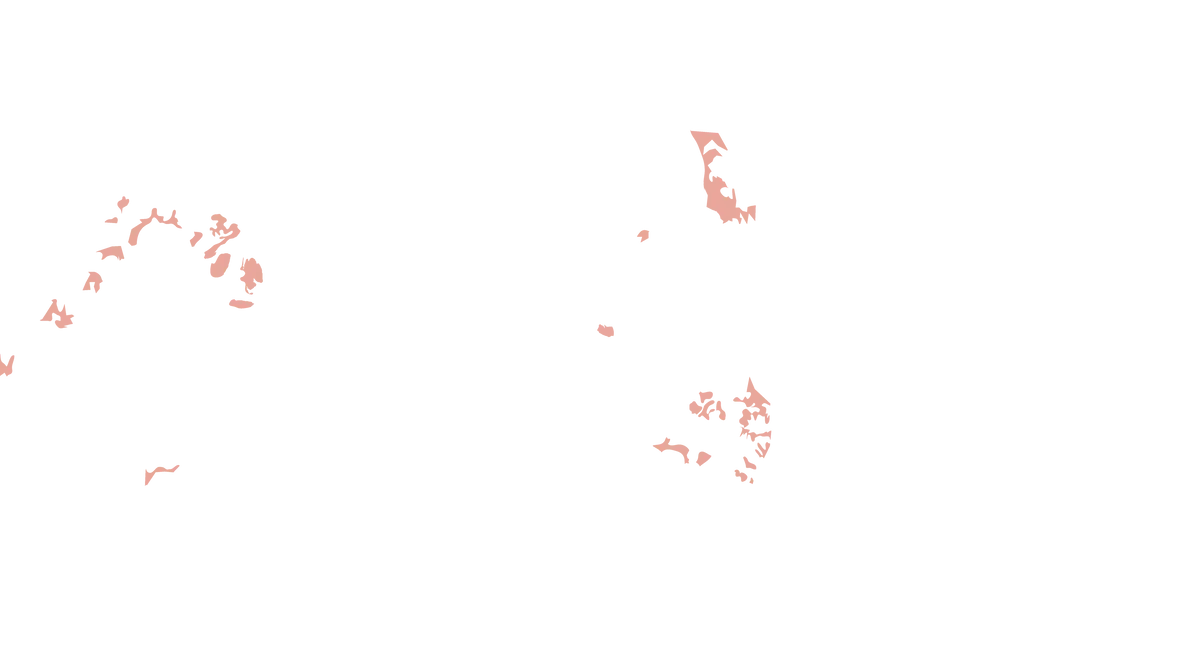


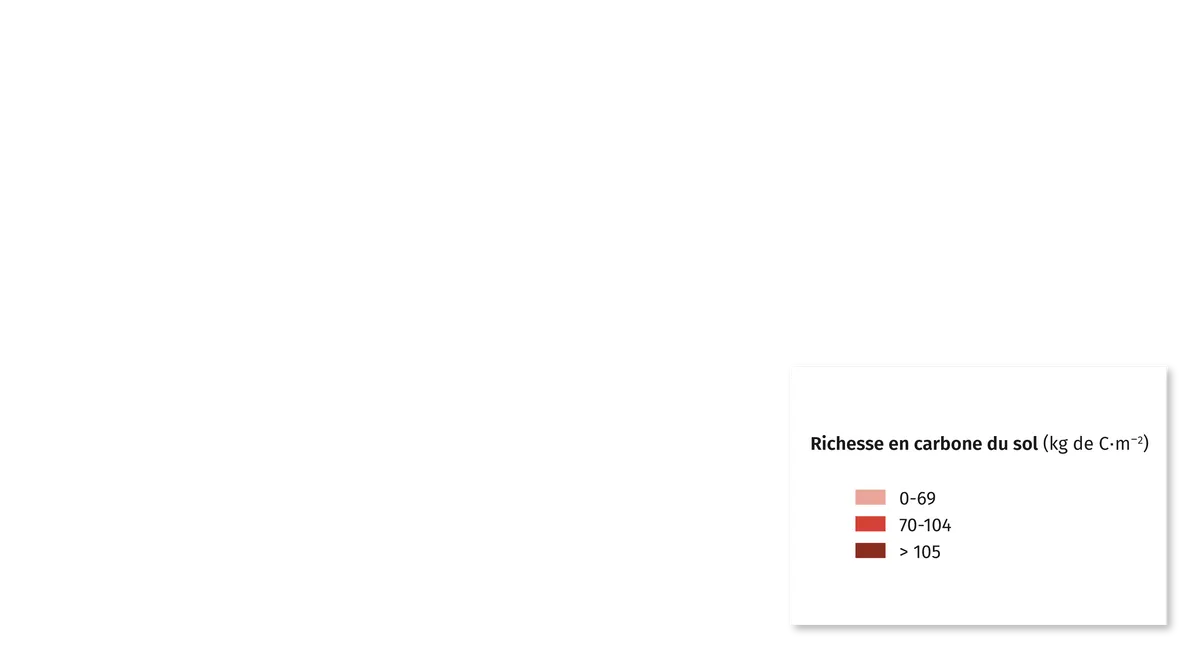



Ressource affichée de l'autre côté.
Faites défiler pour voir la suite.
Faites défiler pour voir la suite.
Doc. 4 La fonte du permafrost

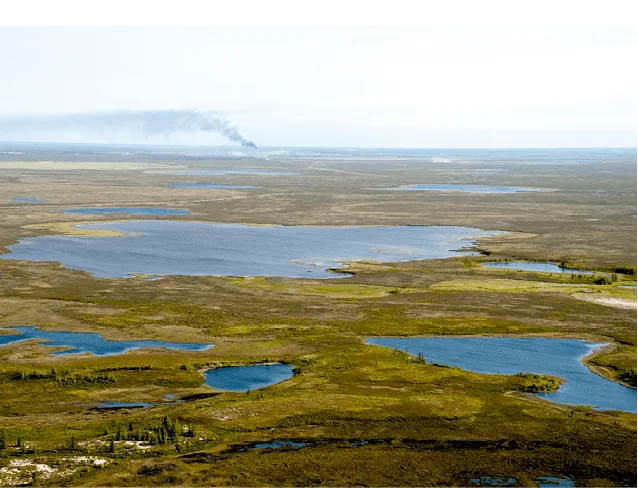
Ressource affichée de l'autre côté.
Faites défiler pour voir la suite.
Faites défiler pour voir la suite.
- Masse molaire du carbone : M\text{(C)} = 12 g⋅mol-1
- Masse molaire de l'oxygène : M\text{(O)} = 16 g⋅mol-1
Ressource affichée de l'autre côté.
Faites défiler pour voir la suite.
Faites défiler pour voir la suite.
Indiquer les conséquences pour le climat de la fonte du permafrost. Inclure dans les explications un calcul donnant l'ordre de grandeur des échanges entre les réservoirs de carbone concernés.
Une erreur sur la page ? Une idée à proposer ?
Nos manuels sont collaboratifs, n'hésitez pas à nous en faire part.
j'ai une idée !
Oups, une coquille
